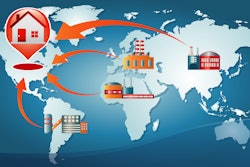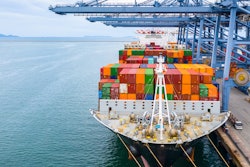
The Drayage Spot Market Index found a 32% rate increase since July 2021, and is expected to increase 17.1% over the course of Q3 of 2022, according to Book Your Cargo (BYC).
“Although the container volumes in the ports have been dipping recently, the tightening of capacity and equipment availability is expected to cause significant disruptions for third quarter. As a result, our monthly index forecasts a continued surge in drayage rates across all US regions through the rest of 2022,” says CEO of BYC, Nimesh Modi. “The supply chain challenges are not letting up. The sooner companies arrange their cargo transportation, the more likely they are to reach their destination in a timely manner and at a more reasonable cost.”
From Globe Newswire:
- Since April, the Northeast and Southeast regions have both seen a 15% increase compared to last year's drayage rates over the previous three months.
- July drayage spot rates are 32% higher than this time last year.
- The most congested ports are Savannah (34 vessels adrift or at anchor), Los Angeles and Long Beach (28 vessels adrift or at anchor), and NYC/NJ (22 vessels adrift or at anchor).
- Northeast region rates are predicted to rise more than 35% above existing levels with carrier availability two weeks out, low capacity and tight chassis availability.
- Southeast region rates are expected to rise more than 35% above existing levels with carrier availability two weeks out, low capacity and tight chassis availability.
- Midwest region rates are predicted to rise more than 30% above existing levels with carrier availability one week out, low capacity and tight chassis availability.
- Pacific Southwest region rates are predicted to rise more than 25% above existing levels with carrier availability one week out, very low capacity and extremely tight chassis availability.
- Pacific Northwest region rates are predicted to rise more than 35% above existing levels with carrier availability two weeks out, very low capacity and extremely tight chassis availability.




















